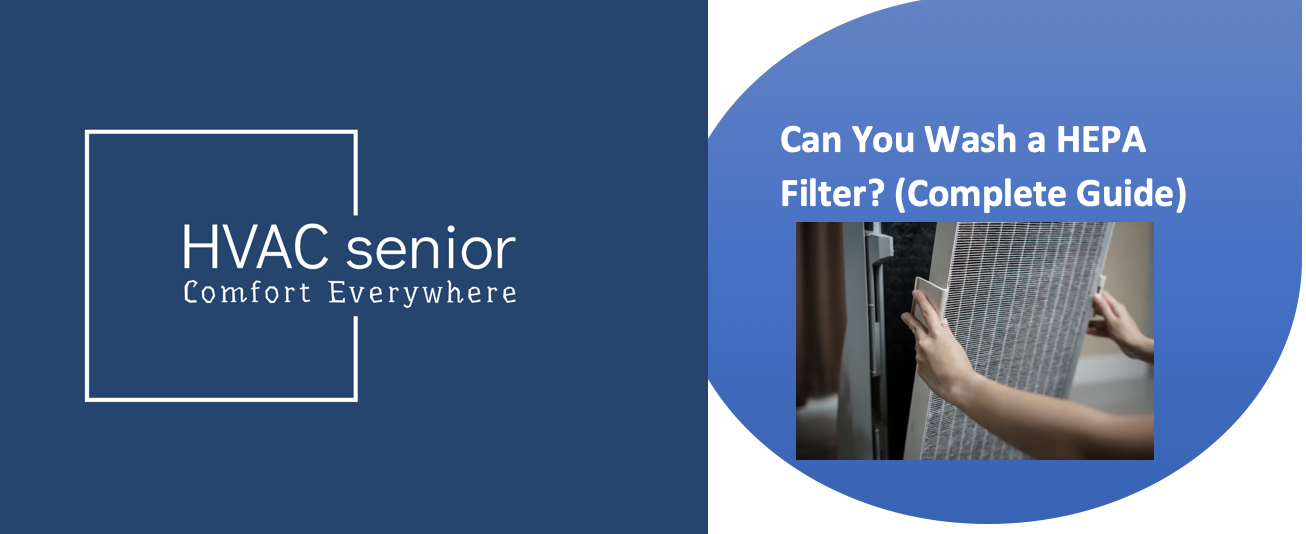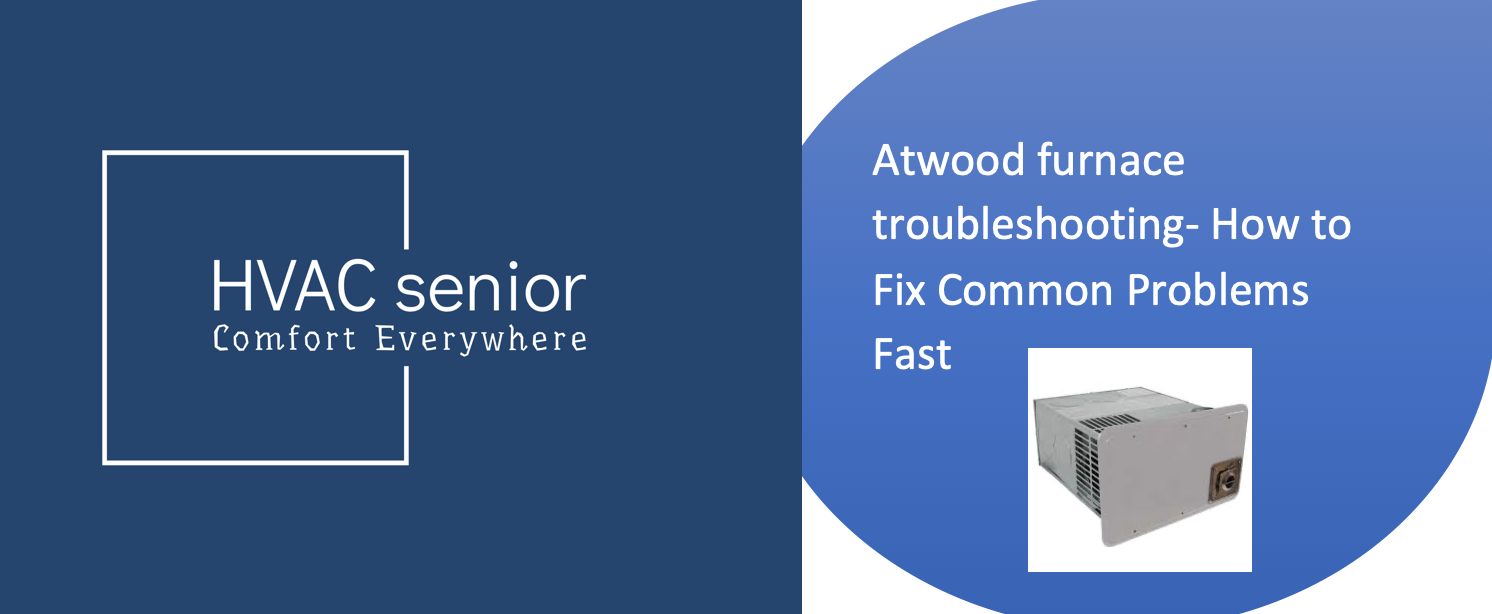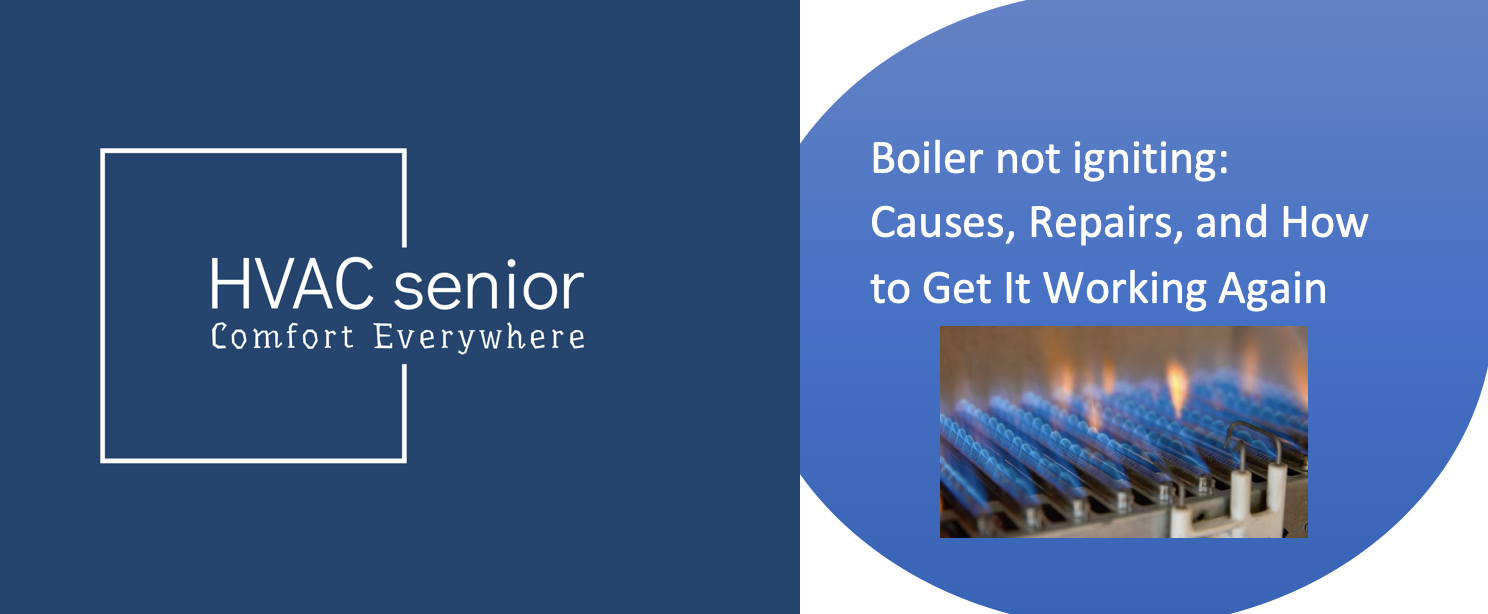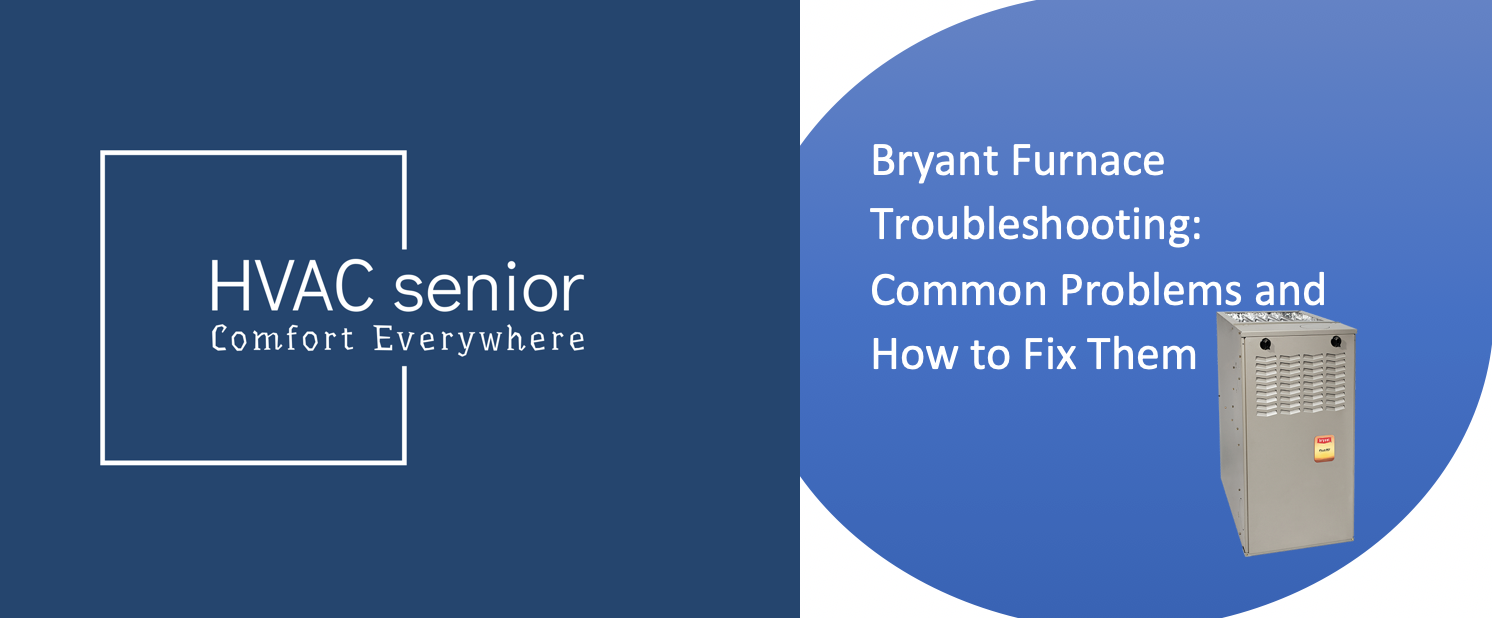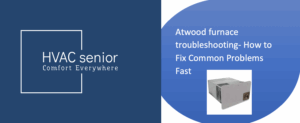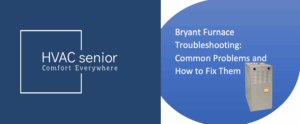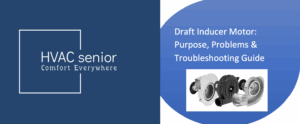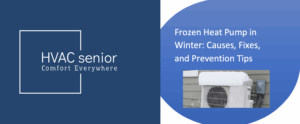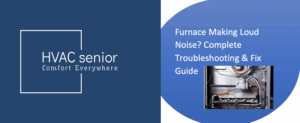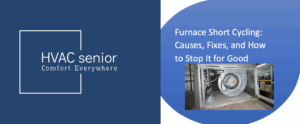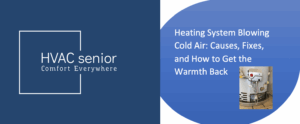For air purifiers, vacuums, and HVAC systems, there is one component that stands out for being particularly critical: the HEPA filter. But the question that everyone has on their mind is still the same: Can you wash a HEPA filter?
The short answer? It depends. Some HEPA filters can be washed, while others can be ruined forever by water. By knowing the type of HEPA filter you have — and how to clean it properly you can extend its life, save cash, and breathe healthy, fresh air.
Throughout this whole 2025 guide, we will cover:
What a HEPA filter is and how it works
- Whether you can safely wash or clean it
- The washable vs. non-washable HEPA filter difference
- How to safely clean a HEPA filter step-by-step
- Tips for longer filter life when maintained
Let’s get started.
What Is a HEPA Filter?
HEPA stands for High-Efficiency Particulate Air. It’s a type of air filter that traps at least 99.97% of particles as small as 0.3 microns — including dust, pollen, smoke, pet dander, and even bacteria.
HEPA filters are used in:
- Air purifiers
- Vacuum cleaners
- HVAC systems
- CPAP machines
- Automotive air systems
How It Works
A HEPA filter is not like a simple mesh screen — it’s made up of densely intertwined glass or synthetic fibers in random arrangements. As air passes through, particles are trapped by:
- Interception – Large particles stick to fibers.
- Impaction – Medium-sized particles hit fibers and become trapped.
- Diffusion – Small particles bounce and eventually stick.
Because of this delicate design, improperly washing or vacuuming the filter will ruin it.
Also read: Furnace blowing cold air.
⚠️ Can You Wash a HEPA Filter?
The answer depends on the kind of HEPA filter you have. There are two general categories:
| Type | Washable? | Description |
| True HEPA Filter | ❌ No | Designed for permanent filtration; water destroys fibers and reduces efficiency. |
| Washable / Permanent HEPA Filter | ✅ Yes | Made with durable materials that can handle water or gentle rinsing. |
Let’s consider both types in perspective.
1. True HEPA Filters (Non-Washable)
True HEPA filters are the benchmark for air cleaning. However, they are not washable. Washing or even brushing them lightly can:
- Cause damage to the fine fibers
- Cause the electrostatic charge that enables particles to capture them to break down
- Provide moisture, create mold
- Reduce efficiency of filtration irreversibly
Cleaning Method (for Non-Washable HEPA Filters):
- Do not wash or vacuum directly.
- Rather, remove loose dust with soft compressed air or tap the filter against the garbage can rim.
- Always follow the manufacturer’s cleaning or replacement schedule — usually every 6–12 months.
When your filter looks dirty and airflow is reduced, it’s time for a replacement.
2. Washable or Permanent HEPA Filters
Certain air purifiers and vacuums use washable HEPA-type filters made of sturdier synthetic materials. These can be cleaned under water safely — as long as they are labeled as washable or permanent.
How to Determine If a HEPA Filter Is Washable:
The product label or instruction manual will say “washable HEPA filter,” “permanent HEPA filter,” or “lifetime filter.”
The filter may have a sturdy plastic frame and heavier pleats than paper-based filters.
How to Clean a Washable HEPA Filter (Step-by-Step)
If your filter is washable, follow these steps carefully to avoid damage:
Step 1: Turn Off and Unplug the Device
Safety first — always disconnect your air purifier, vacuum, or HVAC unit before removing the filter.
Step 2: Remove the HEPA Filter
Open the unit’s filter compartment and gently slide out the HEPA filter. Take note of how it’s positioned for reinstallation.
Step 3: Tap Off Loose Dust
Tap off loose dust and debris on the filter by gently tapping it against a trash can or outdoors. Don’t hit or bang it hard — that will warp the frame.
Step 4: Rinse with Cold Water Only
Rinse with lukewarm or cool water from the clean side in the direction of outward, so the dirt and dust get rinsed out in the opposite direction of airflow.
Do not:
- Use soap or detergents (they can destroy fibers).
- Scrub or brush.
- Use high-pressure water.
- Just rinse gently until the water is clear.
Step 5: Air Dry Thoroughly
Place the filter on a clean towel in a well-ventilated location. Let it air dry thoroughly for a minimum of 24 hours before reinstalling.
Never use heat sources like hair dryers, ovens, or sunlight — these can warp the filter and destroy fibers.
Step 6: Reinstall and Reset Filter Timer
Once the filter is completely dry, reinstall it correctly and reset your device’s filter light, if it has one.
Can You Vacuum a HEPA Filter Instead of Washing It?
If you own a non-washable HEPA filter, you might wonder if it is possible to vacuum instead. While it does eliminate surface dust, it does not clean the inner fibers — and can actually tear them.
If you do choose to vacuum:
- Use soft brush attachment
- Keep suction on low setting
- Clean only outer surface
- Don’t touch or push against pleats
Even gentle vacuuming only provides filter life a small extension. You’ll still have to replace it regularly for proper filtration.
How Often Do You Need to Clean or Replace a HEPA Filter?
Life depends on use, air quality, and device type. Here’s quick reference:
| Device Type | Filter Type | Recommended Maintenance |
| Air Purifier | True HEPA | Replace every 6–12 months |
| Air Purifier | Washable HEPA | Rinse every 2–3 months |
| Vacuum Cleaner | HEPA | Replace or wash every 3–6 months |
| HVAC System | HEPA | Replace every 6–12 months |
Pets, smokers, and allergy victims may need to be cleaned more often.
When It’s Time to Replace Your HEPA Filter
Even cleanable filters will slowly degrade over time. Replace your filter when you observe:
- Recurring musty or dusty odors
- Reduced airflow
- Fading or mold spots evident
- Dust returning quickly after cleaning
- More indoor allergy symptoms
A dirty filter forces your air purifier or vacuum to work harder — using more energy and putting a strain on the motor.
Why Never to Wash a True HEPA Filter
Others attempt to wash non-washable filters in order to save money, but it ends up doing more bad than good.
Here’s why:
- Water kills sensitive glass fibers that trap tiny particles.
- Excess moisture encourages growth of mold.
- Washing removes electrostatic charge, making it less effective.
- You may think the filter is clean, but microscopic debris is still caught.
Briefly — cleaning a non-washable HEPA filter can make it inoperable. Always follow the manufacturer’s cleaning directions on the filter or user manual.
Eco-Friendly Solutions
Waste-aware, look for eco-friendly air purifiers with reusable or hybrid filters:
- Washable pre-filters that catch larger dust particles.
- Replaceable activated carbon filters.
- Permanently installed HEPA-style filters that can be vacuumed and re-used.
Some manufacturers also have programs to recycle used HEPA filters — check your manufacturer’s website for details.
Tips for Cleaning HEPA Filters by Experts
- Have a pre-filter: It catches larger particles, which extends the life of your HEPA filter.
- Close windows in heavy pollen or smog months.
- Vacuum carpets and floors frequently to reduce airborne dust.
- Check your filter once a month in heavy usage.
- Store unused filters properly — in a sealed, dry bag away from moisture.
These habits keep your filter running well and your indoor air clean all year long.
Inconvenient Truths About Washing HEPA Filters
| Myth | Reality |
| “All HEPA filters can be washed.” | ❌ False — only washable models can handle water. |
| “Rinsing with soap makes it cleaner.” | ❌ False — soap breaks down filter fibers. |
| “Vacuuming a HEPA filter restores it fully.” | ❌ False — it only removes surface dust. |
| “Drying it faster with heat is safe.” | ❌ False — heat warps the fibers and frame. |
| “If it looks clean, it’s clean.” | ❌ False — microscopic particles can remain even if it looks white. |
Brief Summary
- True HEPA filters cannot be washed — replace them every so often.
- Washable HEPA filters can be rinsed lightly with cold water and air-dry.”.
- Never wash with detergent or heat.
- Maintenance keeps air purifiers operating at their best.
- Replace filters if airflow is weak or smells persist.
Final Remarks
So, may a HEPA filter be washed?
✅ Yes — but only if it’s “washable.”
Washing conventional True HEPA filters ruins their delicate fiber matrix and reduces their filter strength.
If saving money and minimizing waste are your priorities, use washable HEPA-style filters or hybrid systems with replaceable pre-filters. But if your system employs a True HEPA filter, use regular replacement for the purest, healthiest air available.
After all, it’s your filter’s purpose to capture pollution — not emit it into your home.
Key Takeaways for 2025
- Read your manual first before washing any filter.
- Air dry only — no cleaners or heat.
- Change non-washable HEPA filters a minimum of once a year.
- Employ pre-filters to extend filter longevity and effectiveness.
- Cleaner air = better health — especially for allergy or asthma sufferers.



